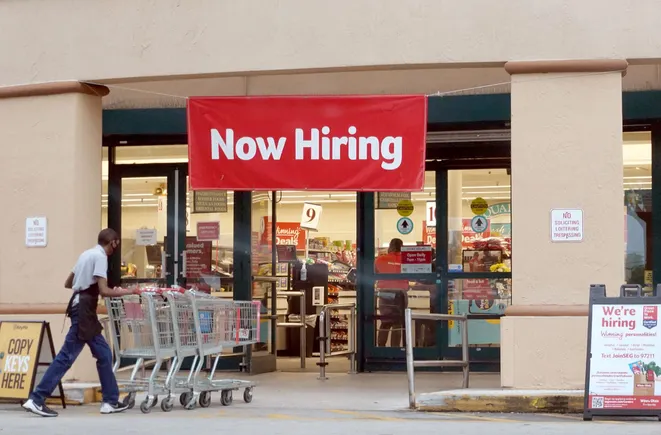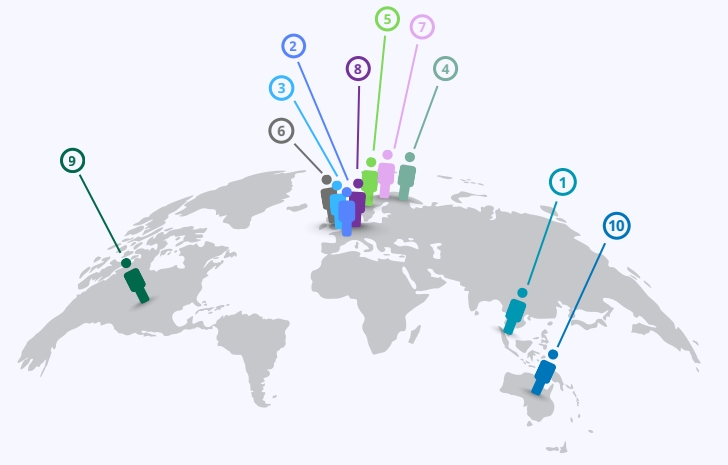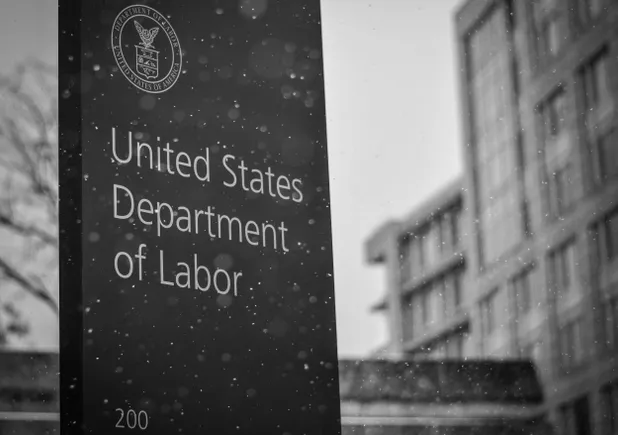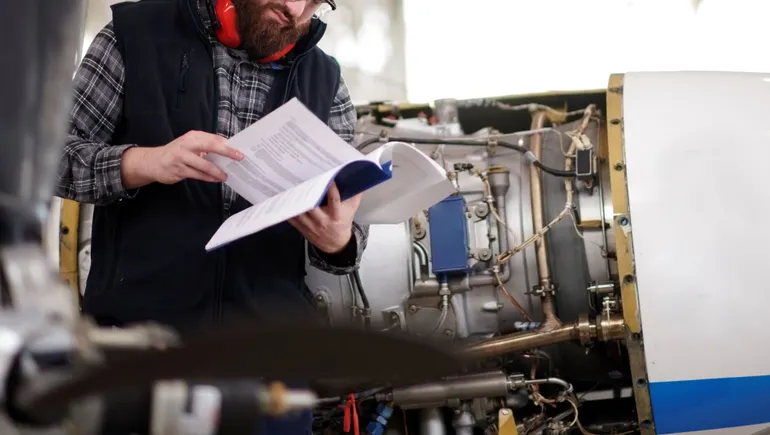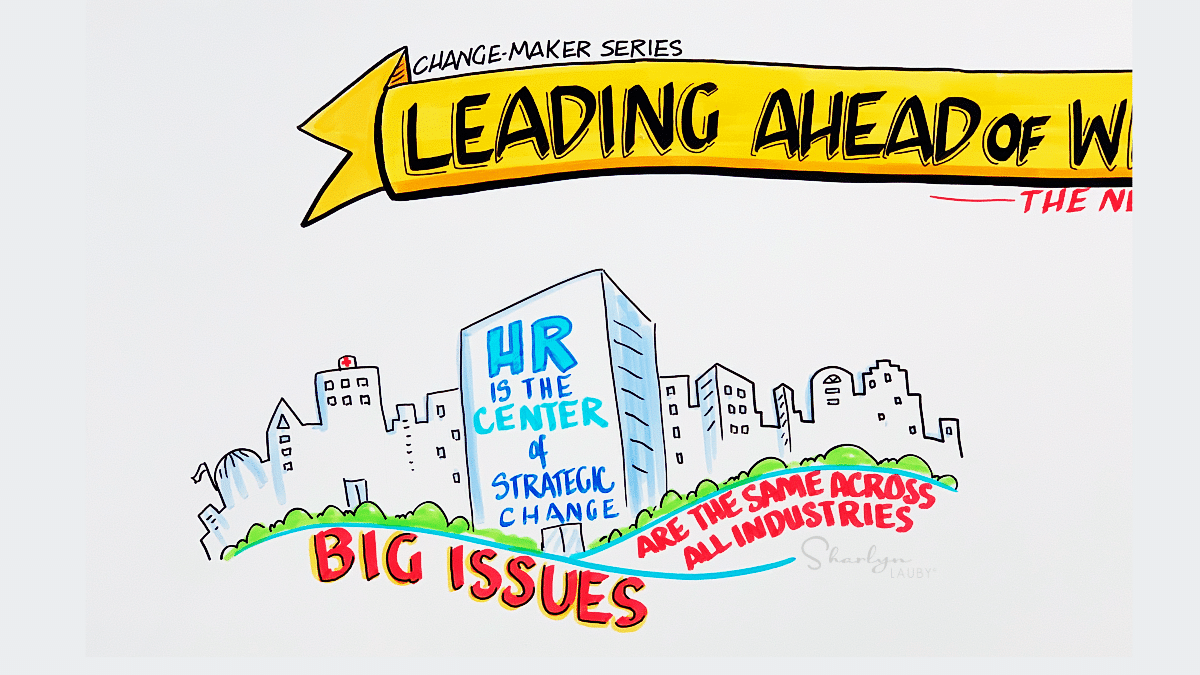Every organization has its ghosts. Instead of rattling chains or slamming doors, they lurk in quiet conference rooms, outdated systems and the collective side-eye that greets the phrase, “It’s time for a new transformation!” Such are the remnants of efforts that have overreached, underdelivered or simply wore people out.
At IA, we often meet leaders gearing up for yet another major change. The strategy is solid. The investment is real. The intent is good. But just below the surface sits hesitation. Teams remember the last technology that didn’t deliver. Executives remember the consultant or critical resource who vanished after go-live. Employees remember being told transformation would make work “easier,” only to find more steps, more stress and less trust.
Those memories don’t fade; they calcify. They shape how an organization thinks about risk, leadership and the future. They quietly whisper in every planning session: “Didn’t we try this before? Will it work this time? What’s really going to change?”
The truth is that the past never fully stays in the past. Unless leaders acknowledge and address what’s still unresolved, those ghosts will quietly haunt every new initiative. So, instead of building the future on a creaky foundation, we must name what’s lingering, learn from it and move forward with clarity and conviction.
So, in the spirit of the season, here are five of the most common transformation ghosts (and how to finally lay them to rest).
1. The Ghost of Overpromised Change
Few things haunt an organization more than unfulfilled promises. Maybe the last transformation came with a slick campaign promising, “This is the future! We’ll be faster, smarter, more connected.”, or more recently, “Let’s AI it!” Then deadlines slipped, proof of concepts failed, dashboards broke and enthusiasm evaporated.
So, when the next big change is announced, the natural response to the well-authored email may simply be, “Unsubscribe.” Teams remember staying late to fix temporary workarounds that became permanent, and they certainly remember systems that never functioned as advertised. Optimism turns into resignation with the ghastly words, “We’ve heard this all before.”
The fix
Start with honesty. Name the previous transformation and call out both what worked and what didn’t. That doesn’t weaken credibility. It builds it. It tells people without equivocation that, “We remember too, and we’ve learned.”
Then set expectations grounded in reality, not aspiration. Promise progress, not perfection. Focus on achievable evolution rather than sweeping revolution. Celebrate small wins early and often. Transformation is cumulative, not instantaneous, and trust is built through consistency, not slogans.
2. The Ghost of Old Processes
Even after major investments in new systems or structures, old processes often become immortal. Somewhere, there’s a spreadsheet that’s alive and well, tracking what a platform was supposed to automate. Or, even better, a five-step approval chain that exists “because that’s how we’ve always done it.”
These leftovers might seem harmless, but they carry symbolic weight. They remind people that the change never really stuck. The message becomes clear: Transformation is optional.
The fix
Before launching anything new, clean up those end-to-end processes. Gather cross-functional teams and ask, “What slows you down? What no longer makes sense?” Establish a point of view to ensure your outcomes are process-led and tech-enabled.
Then act. Retire outdated workflows, simplify approvals, eliminate redundancy. The discipline of subtraction is as powerful as the ambition of addition. When employees see the organization finally letting go of what no longer serves, belief in the new begins to grow.
3. The Ghost of Lost Trust
No ghastly presence is more damaging than lost trust. In some companies, transformation has become code for cost-cutting, with waves of reductions in spend and resources clearly tethered to each initiative. In others, it’s tied to hiring freezes, labor arbitrage or cultural whiplash disguised as progress. When people feel misled or disposable, skepticism becomes institutionalized.
You can see it in posture and participation: Employees show up but stay guarded. They attend kickoffs with folded arms or cameras off. They complete training but don’t engage. They’ve learned not to get attached, because impermanence is everywhere.
The fix
Trust can’t be rebuilt with messaging alone. It takes humility, time and real listening. Create spaces where people can safely share what felt broken about prior efforts. Don’t defend decisions, understand their impact.
Then demonstrate learning through action. Be transparent about trade-offs, risks and intended outcomes. Recognize candor publicly and overtly engage with your top talent. Over time, transparency becomes habit and trust slowly returns. Only then can the organization shift from compliance to commitment.
4. The Ghost of Silos
Many organizations assume their transformation failed because the tech was flawed or the plan too ambitious. More often, the real apparition is fragmentation combined with implied or explicit blame. It’s a case of each function having declared individual victory or failure while the enterprise struggled to connect the dots.
Resentment follows: “They didn’t include us.” “They didn’t even ask for our requirements.” “Their priorities derailed ours.” Those silos don’t just block progress, they exacerbate isolation.
The fix
Break silos before you begin. Bring all key functions to the table early, not as spectators, but as true partners in defining scope, purpose and success. Shared ownership turns “their project” into “our transformation.”
Be explicit about governance: who decides, who advises and who executes. Ambiguity breeds conflict; alignment breeds trust. When people experience genuine cross-functional partnership and mutually beneficial compromise, they stop guarding boundaries and start driving outcomes.
5. The Ghost of Leadership Fatigue
The final, and often most personal, ghost lives in the C-suite. Many executives have shepherded multiple transformations. Some were successful, others not, but all were high-stakes and often career-defining. Behind closed doors, they’ll tell the simple truth that they’re exhausted. They’ve spent political capital, navigated stakeholder storms, fought for funding and resources, and endured disruption after disruption.
Fatigue shows up subtly. Leaders delegate sponsorship instead of owning it. They delay decisions, waiting for perfect data. They signal support but lack conviction. Teams can feel it, and without visible, energized leadership, transformation drifts.
The fix
Leaders need to confront their own ghosts first. Reflect on what made prior efforts draining. Was it the pace? …the politics? …the isolation? Then design the new effort to prevent that fatigue. Share sponsorship and protect your time. Build a circle of trusted advisors who challenge and steady you.
Most importantly, reconnect to purpose. Transformation isn’t a test of endurance; it’s an act of renewal. When leaders lead from a grounded, human place, they give everyone else permission to do the same.
From haunted to whole
When leaders take time to examine what still echoes from past transformations, they often find those ghosts weren’t failures at all and instead just lessons waiting to be acknowledged. Every stalled project, overpromised change or weary meeting reveals something essential about what the organization values, fears and needs to heal.
Moving forward requires more than new tech or structure. It requires courage to confront what’s unresolved. You don’t erase the past; you integrate it. That’s how scars become sources of strength.
This is a good time to name your ghosts. Understand why they linger. Release what no longer serves. It’s not dramatic work, but it is deeply human work. And after working through hundreds of transformations, I can safely say that it’s what separates those who announce transformation from those who achieve it.
When it’s all said and done, you might find those ghosts weren’t there to scare you. They were just waiting to guide you toward something wiser, steadier and far more real.






